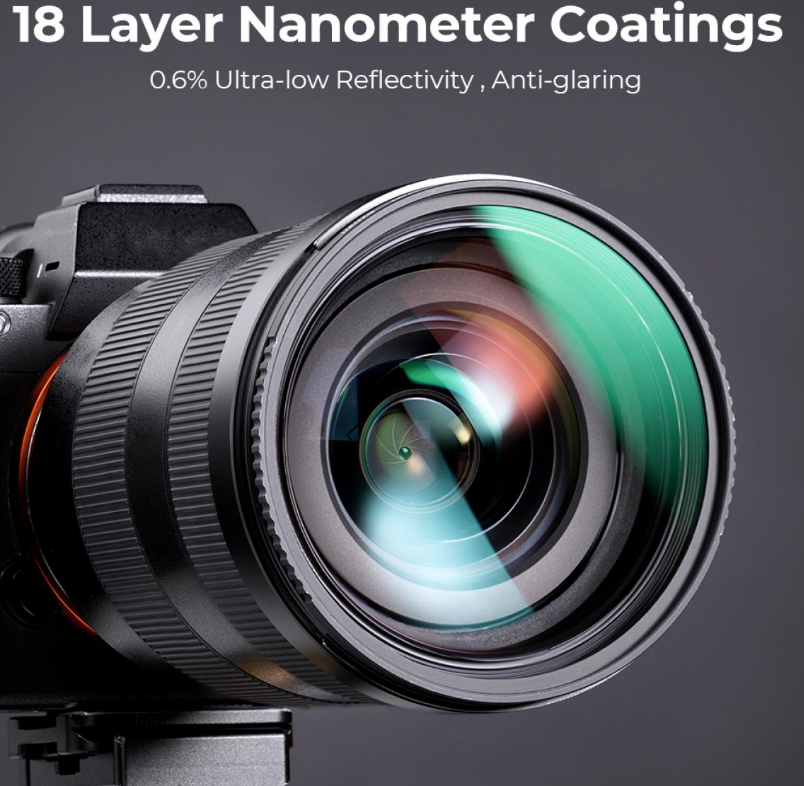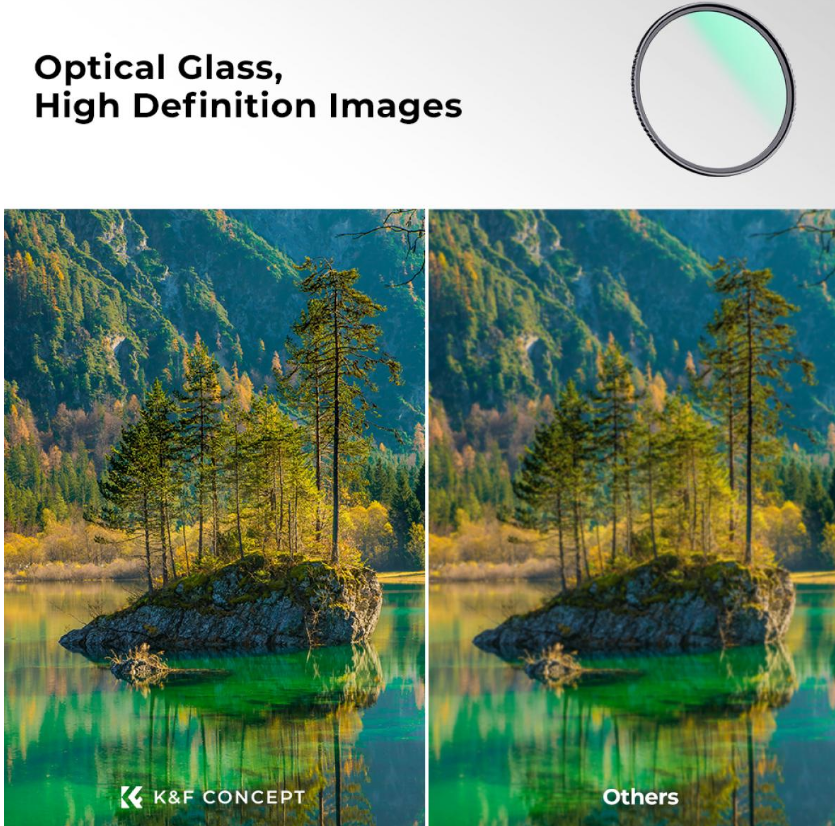UV Filter: What UV Protection Filter Should You Buy?
Wednesday 24 July 2024
 2.1k
2.1k
 Reproduction without the author's authorization is prohibited
Reproduction without the author's authorization is prohibited
The controversy over UV protection filters (for lenses) has been going on for a long time, and people are divided into two camps. Some people believe modern lens manufacturers have good enough coatings that do not require additional UV protection filters to provide protection. And low-quality UV protection filters are likely to reduce the image quality of photos.
Others believe that lenses are glass, and glass, especially fine optical glass, is fragile. Any wind, sand or even stray light may damage these fragile glasses. Therefore, using UV protection filters is like an insurance, which can give expensive and fragile lenses the protection they deserve. And high-quality UV protection filters will not damage the image quality of photos.
Whether you need to buy a UV protection filter is a personal preference, but everyone agrees that if you need to buy a UV protection filter, then you'd better buy a high-quality UV protection filter.
History of UV protection filters
UV protection filters did not appear with digital photography. In fact, UV protection filters have quite a long history. As film photography gained popularity, photographers began to recognize the detrimental effects of ultraviolet (UV) light on image quality. UV light, invisible to the human eye, could cause excessive blue cast and haze in photographs, particularly in outdoor settings with strong sunlight or high altitudes where UV radiation is more intense. To combat these issues, early UV filters were introduced, made of simple glass treated with UV-blocking coatings. These filters were primarily designed to absorb UV radiation before it reached the film, thereby reducing haze and improving image clarity.
In the 1980s,advances in optical glass manufacturing and coating technologies led to the development of more sophisticated UV filters that provided better light transmission and more effective UV absorption. Multi-coated filters, introduced in the 1980s, minimized reflections and lens flare, further enhancing image quality. These improvements made UV filters a standard accessory in the film photographer's toolkit.
Can UV protection filters provide protection for camera lenses?
Yes, UV protection filters can provide protection for camera lenses. They act as a shield to protect the front element of the lens from scratches, dust, dirt, and moisture. This can help prevent potential damage to the lens itself. Additionally, UV filters are generally easier and less risky to clean compared to the lens, and replacing a damaged UV filter is much cheaper than repairing or replacing a damaged lens.
In addition, although a strong enough impact may still damage the UV protection filters and the lens, at least, in the less serious accidents, the UV protection filters can block most of the damage to the lens.
Do UV protection filters cause flare?
UV protection filters can potentially cause lens flare, especially if they are of lower quality. Lens flare occurs when light reflects off the surfaces of the filter and enters the lens, creating unwanted artifacts in the image. This is more likely to happen when shooting in conditions with strong light sources, such as direct sunlight or bright studio lights.
However, high-quality UV filters are designed to minimize these issues. They often come with multi-coating layers that reduce reflections and improve light transmission, thereby minimizing the risk of flare and maintaining image quality. If you decide to use a UV filter, it's generally a good idea to invest in a high-quality one to avoid these potential problems.
What kind of UV protection filters are high quality?
High-quality UV protection filters feature several key attributes: they use premium optical glass, such as kfconcept or Hoya, for clarity and minimal distortion; employ advanced multi-coating technologies like Multi-Resistant Coating (MRC), Super Multi-Coating (SMC), or Nano Coating to reduce reflections, lens flare, and ghosting while maximizing light transmission; are built with durable materials like brass or high-grade aluminum for a robust frame that prevents warping; include scratch and water resistance to maintain clarity and performance over time; have a slim profile to avoid vignetting, especially on wide-angle lenses; and are manufactured with precision to ensure proper fit and alignment.
Statement: all contents and remarks made by K&F CONCEPT 's intranet friends only represent themselves and do not reflect any K&F CONCEPT 's opinions and views.
-
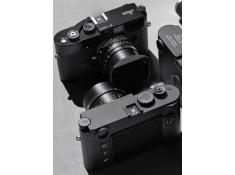 Leica M-mount Milestone! Leica M EV1 Camera SpecificationsWednesday 15 October 2025
Leica M-mount Milestone! Leica M EV1 Camera SpecificationsWednesday 15 October 2025 -
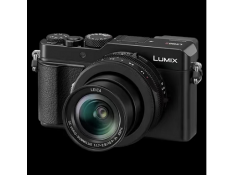 Panasonic to release the LX100M3 camera on October 17thTuesday 14 October 2025
Panasonic to release the LX100M3 camera on October 17thTuesday 14 October 2025 -
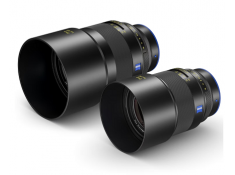 Zeiss is about to release a new Otus ML series lensMonday 13 October 2025
Zeiss is about to release a new Otus ML series lensMonday 13 October 2025 -
 Canon Publishes Patents for 28-400mm F3.5-6.31S and 28-400mm F4-81S LensesMonday 13 October 2025
Canon Publishes Patents for 28-400mm F3.5-6.31S and 28-400mm F4-81S LensesMonday 13 October 2025 -
 First spy photos of the Canon EOS R6 Mark III have been releasedFriday 10 October 2025
First spy photos of the Canon EOS R6 Mark III have been releasedFriday 10 October 2025


